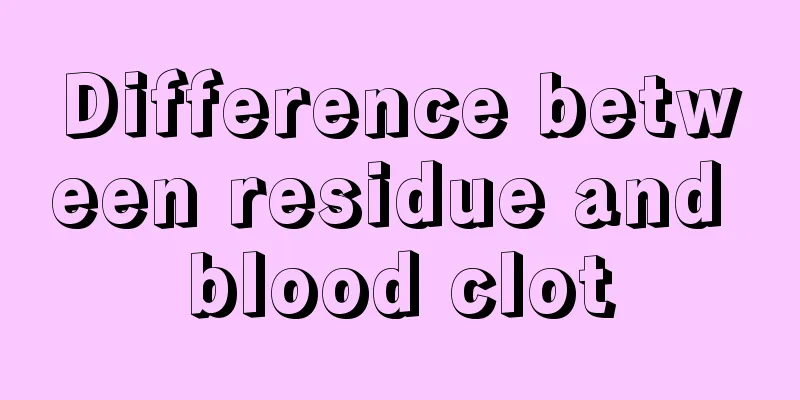About Insulin

|
Insulin is the only hormone that can lower blood sugar and is secreted by the pancreatic β cells of the human body. Under normal circumstances, the fasting blood sugar concentration of the human body is maintained at 3.9~6.1mmol/L under the regulation of hormones, and it will rise within a short period of time after a meal. Patients with type 1 diabetes cannot secrete insulin due to the destruction of pancreatic islet function, and are absolutely insulin deficient; patients with type 2 diabetes have a relative lack of insulin due to the decreased sensitivity of the body to insulin. As the disease progresses, the function of pancreatic beta cells may gradually decline, causing blood sugar concentrations to remain high. Therefore, insulin therapy is an important means of managing diabetic hyperglycemia. The insulin currently used in the market mainly includes animal insulin, human insulin and insulin analogs. Animal insulin is extracted from the pancreatic islets of pigs and cows. It is effective and cheap, but because it comes from foreign organisms, it is prone to allergic reactions in the human body. Human insulin and insulin analogs are both produced using recombinant DNA technology. Human insulin has the same structure and function as natural insulin in the human body, and is characterized by high purity and few adverse reactions, but it is more expensive than animal insulin. Insulin analogs are a type of insulin produced by modifying the amino acid sequence of human insulin. They have different pharmacokinetic properties from human insulin and change the duration of insulin action. [1] Under normal non-eating conditions, the continuous insulin secretion of pancreatic beta cells is called basal insulin secretion, which accounts for about 50% of the total insulin secretion throughout the day. After eating, the pancreas is stimulated by food and secretes a large amount of insulin to control postprandial blood sugar, which is called mealtime insulin. The therapeutic principle of insulin is to simulate the physiological insulin release and action mode as much as possible. In clinical use, according to the therapeutic principle of insulin, for the convenience of selection, we divide the insulin from the above different sources into rapid-acting, short-acting, intermediate-acting, long-acting and premixed insulin according to the action time. Rapid-acting insulin: takes effect 10 to 20 minutes after subcutaneous injection, has a maximum effect of 1 to 3 hours after injection, and has a glucose-lowering effect lasting 3 to 5 hours. Injection before meals is rapidly absorbed, has a short onset of action, and can more effectively control postprandial blood sugar. Flexible use time helps improve patient compliance, and is usually used in combination with medium- and long-acting insulin. It is taken immediately before meals, and can also be taken immediately after meals if necessary. [2] Existing varieties are mainly insulin analogs, including insulin aspart (NovoRapid), insulin lispro (Humalog), and insulin glulisine. Short-acting insulin: It takes effect 20 to 30 minutes after subcutaneous injection, with peak concentration of 2 to 4 hours and lasting 5 to 8 hours. It is usually injected subcutaneously 30 minutes before meals. Because there is an absorption process under the skin, it is somewhat different from the physiological secretion pattern of humans. Taking meals earlier can easily lead to poor blood sugar control, and if it is delayed, hypoglycemia is likely to occur. Common varieties include: regular insulin from animal sources (regular insulin, neutral insulin); recombinant human insulin includes Novolin R (pen cartridge), Gansulin R (injection), and Humulin R (injection). Intermediate-acting insulin: refers to insulin mixed with zinc and protamine phosphate buffer, with an onset time of 1.5 to 4 hours, a peak effect of 6 to 10 hours, and a duration of action of 18 to 24 hours. Intermediate-acting insulin is slowly and steadily released after subcutaneous injection, and has a lower risk of hypoglycemia than short-acting insulin. It is generally used in conjunction with short-acting insulin to provide the daily basal dose of insulin, and is mostly injected at night. Common varieties include: animal-derived low-protamine zinc insulin (Vansulin); recombinant human insulin includes Novolin N (pen cartridge), Gansulin N (injection), and Humulin N (injection). Long-acting insulin: The onset time is 1.5 to 2 hours. After subcutaneous injection, it can maintain a relatively constant concentration for 24 hours. It is usually injected in the evening every day. It is more suitable for basal insulin treatment and is less likely to cause nocturnal hypoglycemia [3]. Commonly used varieties are mainly insulin analogs, including glargine insulin (Lantus), recombinant glargine insulin (Changxiulin), and detemir insulin. Premixed insulin: To meet further needs, short-acting preparations and intermediate-acting preparations (R and N) are mixed in different proportions to produce premixed insulin with an action time between the two. The short-acting component in the preparation takes effect quickly and can better control postprandial blood sugar. The intermediate-acting component is slowly and continuously released, mainly replacing the basal insulin secretion. It can be injected once, with a rapid onset and a duration of up to 16 to 20 hours. Premixed insulin is not only safe and effective, but also reduces the number of injections and improves patient compliance [4]. Common varieties include: Novolin series (30R, 50R), Gansulin series (30R, 50R), Humulin 70/30 (30% short-acting R and 70% intermediate-acting N insulin), Humalog series (25R, 50R), Novara 30R, etc. 【References】 [1]. Zhang Qinglan, Classification and research progress of insulin preparations. Journal of Clinical Rational Drug Use, 2013. 6(17): pp. 148-150. [2]. Mu Yiming et al., Expert guidance on the clinical application of rapid-acting insulin analogs. Drug Evaluation, 2016. 13(21): pp. 13-17+53. [3]. Ran Xingwu et al., Chinese expert guidance and recommendations for the clinical application of basal insulin in adults with type 2 diabetes (2020 edition). Chinese Journal of Diabetes, 2020. 28(10): pp. 721-728. [4]. Jiang Lei, Do you know about premixed insulin? Family Medicine, 2020(09): Page 27. |
<<: It turns out that "stimulants" are right beside us
Recommend
Will the residual in the uterus become larger after medical abortion?
Many women with unexpected pregnancies will choos...
What can I eat to replenish blood during menstruation?
A normal menstrual period for women usually lasts...
Why do girls have a strange smell down there?
Generally speaking, the odor is mostly caused by ...
The reason why leucorrhea turns yellow
Leucorrhea is a normal physiological phenomenon f...
What is the baby doing with wavy fetal movements?
When pregnant women reach five months of pregnanc...
What are the benefits and effects of avocado? Is avocado sweet?
The flesh of avocado is soft and delicate, with a...
How to postpone aunt
Menstruation is a normal physiological phenomenon...
Why do women urinate frequently and cannot urinate completely?
If we don't urinate properly, we will be harm...
Why doesn’t anyone drink “pig milk”? Is it because it tastes bad?
Milk and dairy products are rich in nutrients, an...
How does exercise make people feel comfortable and relaxed?
《Cotton Swab Medical Science Popularization》 Peki...
What gynecological diseases can cause obesity?
Gynecological diseases are difficult to treat in ...
Precautions for B-ultrasound in early pregnancy
We all know that it is very difficult for every p...
Will keeping long hair during pregnancy compete for nutrition for the baby?
gossip "Will long hair compete with the baby...
What is the difference between a follicle and an egg?
Ever since we took biology class, we have known t...
What kind of diet should you pay attention to when you have breast hyperplasia?
Breast hyperplasia in women is a very common dise...









